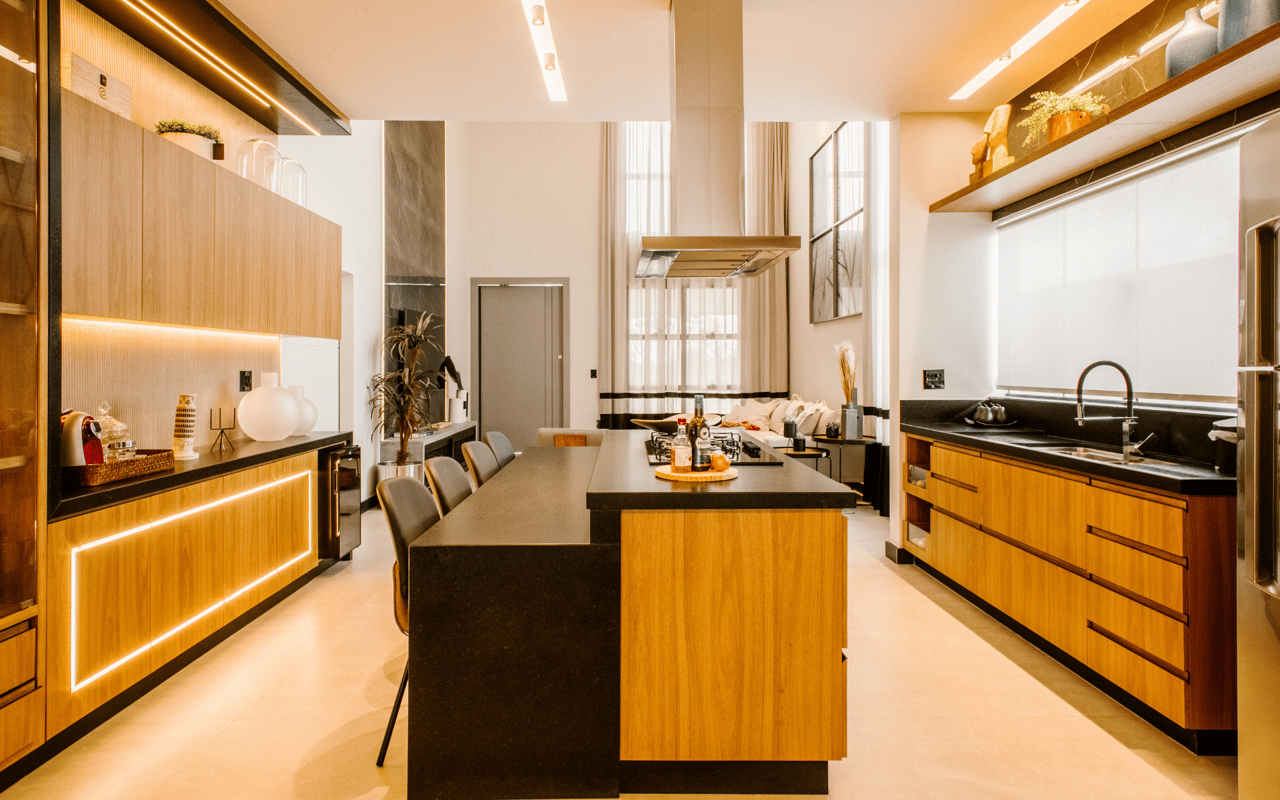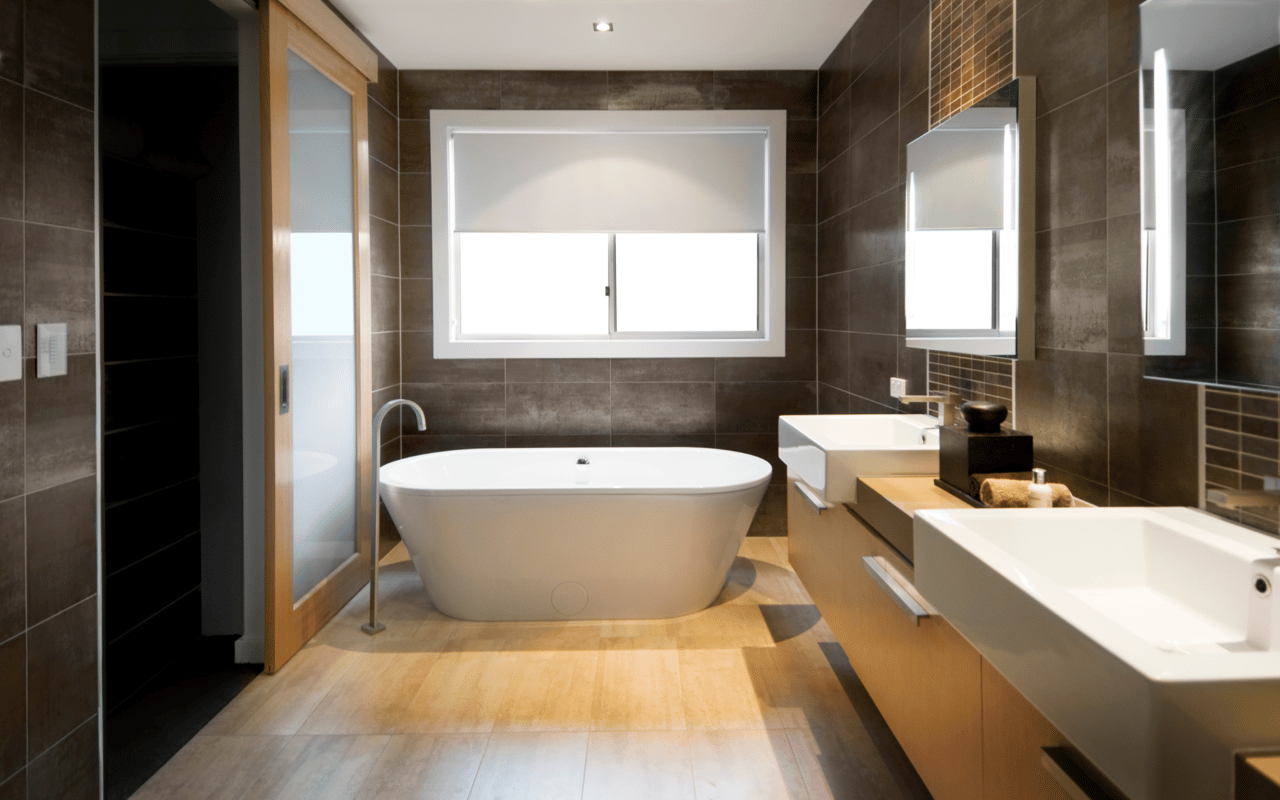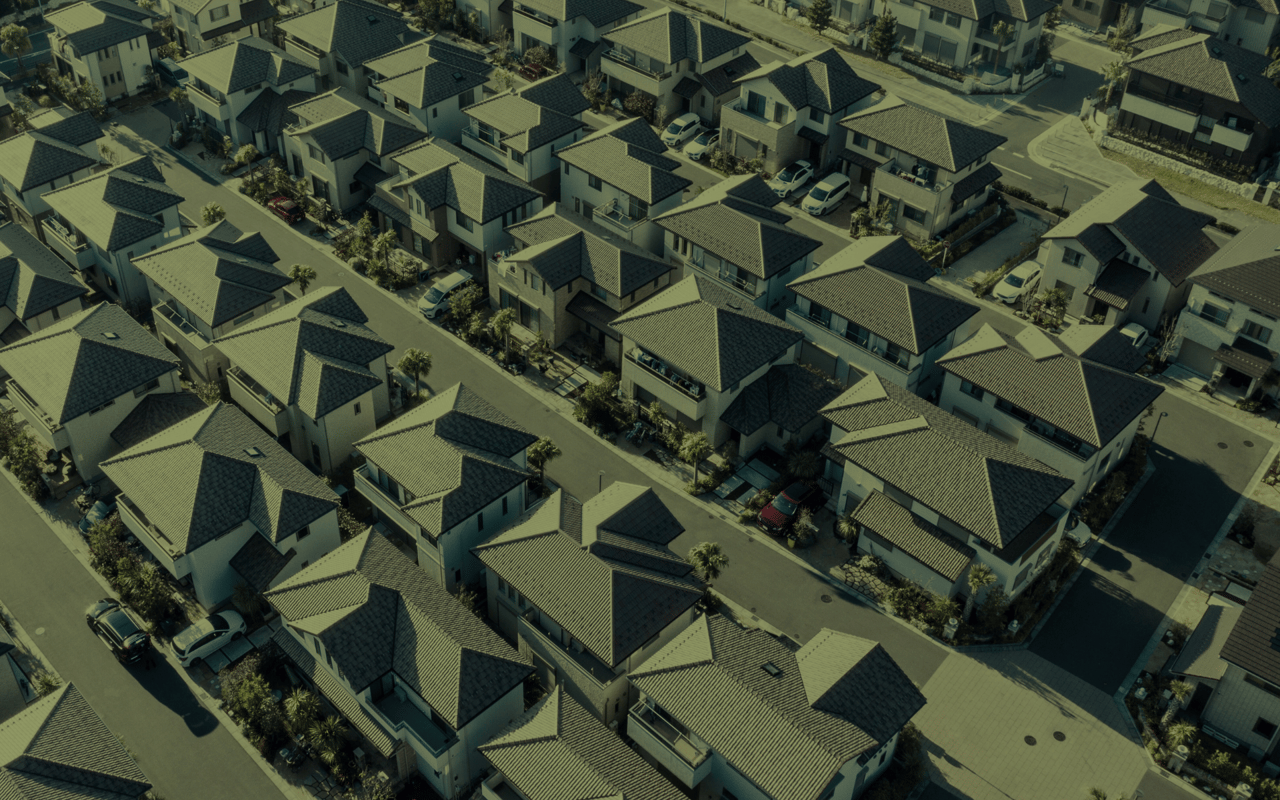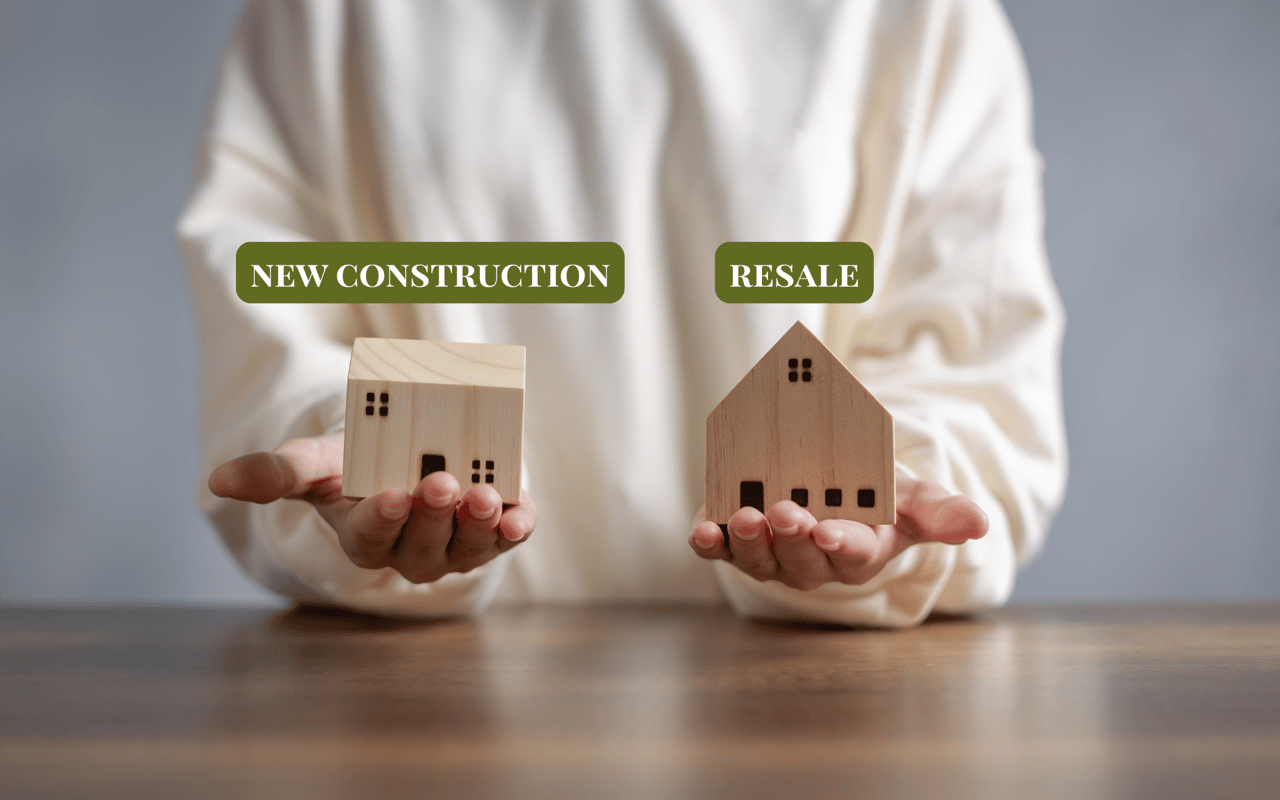For many people, buying a home is one of the most exciting—and sometimes intimidating—financial steps they’ll ever take. The process can feel particularly overwhelming for first-time buyers who are often juggling new concepts like mortgages, interest rates, credit scores, and loan types. One of the most common questions new buyers ask is whether they really need a 20% down payment to secure a mortgage. Traditionally, this 20% figure has been seen as the “ideal” down payment for homebuyers, but today’s market offers a variety of flexible financing options that make buying a home possible with far less upfront cash.
In this article, we’ll explore the diverse range of financing options available to first-time home buyers, from conventional loans to FHA, VA, and USDA options. We'll also look into why a 20% down payment is no longer a necessity for many people and how you can make an informed decision on the down payment amount that’s right for you.
1. Conventional Loans: Traditional, Yet Flexible Options
Conventional loans are a popular financing option and are often considered the "standard" mortgage type for home buyers with good credit and a solid financial history. Many people still associate conventional loans with the traditional 20% down payment, primarily because putting 20% down allows you to avoid paying private mortgage insurance (PMI). PMI is an additional monthly cost that protects the lender in case you default on your mortgage.
But the reality is that many lenders now offer conventional loans with as little as 3% to 5% down. While PMI may be required with a smaller down payment, these monthly insurance payments can sometimes be offset by lower interest rates or better loan terms for qualified buyers.
Benefits of Conventional Loans:
- Ideal for buyers with strong credit scores and financial stability.
- Down payment flexibility is often as low as 3%, with PMI for lower down payments.
- Option to remove PMI once you reach 20% equity in your home, either through payments or appreciation.
2. FHA Loans: A Great Option for Buyers with Lower Credit
For buyers who may have limited savings or a lower credit score, FHA loans, insured by the Federal Housing Administration, can be a fantastic option. FHA loans require only a 3.5% down payment, which is significantly lower than the 20% many buyers think they need. This low down payment threshold can help buyers secure a mortgage even if they haven’t been able to save a large amount.
FHA loans are designed to be accessible, especially for first-time buyers or those with less-than-perfect credit histories. While FHA loans require mortgage insurance premiums (MIP) for the life of the loan, they provide an opportunity for buyers to enter the housing market with more affordable upfront costs.
Benefits of FHA Loans:
- Requires only a 3.5% down payment, which is more attainable for many first-time buyers.
- Lower credit score requirements than conventional loans, making homeownership accessible to a wider range of buyers.
- Competitive interest rates.
3. VA Loans: Zero Down for Veterans and Service Members
For those who have served in the U.S. military, VA loans, guaranteed by the U.S. Department of Veterans Affairs, are one of the most advantageous options on the market. VA loans require no down payment and don’t have PMI, which can lead to substantial savings over the life of the loan. VA loans are typically available to active-duty service members, veterans, and some members of the National Guard and Reserves.
With flexible credit requirements and generally lower interest rates, VA loans can help qualified buyers achieve homeownership with minimal upfront costs. However, VA loans come with a funding fee that varies depending on the down payment amount (if any) and whether it’s the buyer’s first VA loan.
Benefits of VA Loans:
- No down payment is required, which makes homeownership highly accessible.
- No PMI, reducing monthly payments and overall costs.
- Generally lower interest rates and flexible credit requirements.
4. USDA Loans: No Down Payment for Rural and Suburban Areas
USDA loans, backed by the U.S. Department of Agriculture, are aimed at supporting homeownership in designated rural and suburban areas. Like VA loans, USDA loans offer 100% financing, meaning that no down payment is required. These loans have specific geographic and income requirements, so they’re not available everywhere. However, if you qualify, a USDA loan can be a highly affordable way to buy a home with little to no money down.
In addition to no down payment, USDA loans have lower mortgage insurance premiums than FHA loans, making them an attractive option for buyers who meet the location and income qualifications.
Benefits of USDA Loans:
- No down payment requirement, which helps keep upfront costs low.
- Lower mortgage insurance premiums compared to FHA loans, making monthly payments more affordable.
- Competitive interest rates and flexible credit requirements.
5. State and Local First-Time Home Buyer Assistance Programs
In addition to federal programs, many states, counties, and cities offer first-time home buyer assistance programs. These programs can provide down payment assistance, lower interest rates, or even grants to help cover the upfront costs of buying a home. These programs are typically income-based and may have other requirements, but they can be an excellent resource for first-time buyers who are struggling to save for a down payment.
Researching and applying for these programs can require a little extra time, but the benefits can be well worth the effort. State and local programs can vary widely, so it’s a good idea to consult a lender or real estate agent who’s familiar with programs in your area.
Benefits of State and Local Programs:
- Down payment assistance or grants that don’t need to be repaid.
- Reduced interest rates, can lead to substantial savings over time.
- Programs are often targeted specifically at first-time buyers.
Why 20% Down Isn’t Always Necessary—and Might Not Be Best
Although putting 20% down on a home can reduce your monthly payment and eliminate PMI, it’s no longer a hard requirement for securing a mortgage. Here are a few reasons why a lower down payment might make sense for you:
- Maintain Financial Flexibility: Using all your savings on a down payment could leave you with little financial cushion for emergencies or necessary home improvements.
- Buy Sooner Rather Than Later: In markets where home prices are rising, waiting to save up 20% could mean you miss out on appreciation and end up paying more in the long run.
- Leverage Low Interest Rates: Even with PMI, today’s interest rates are historically low, which means a smaller down payment can still result in manageable monthly payments.
Final Thoughts: Finding the Right Option for You
For first-time home buyers, navigating the down payment landscape and understanding the financing options available can open doors to homeownership that may have seemed out of reach. Whether you can put down 3%, 5%, or 20%, there’s likely an option that can fit your financial situation.
Buying a home is a journey, and every buyer’s path will be different. Consider working closely with a lender and real estate agent who can help guide you toward a financing option that aligns with your goals and resources. Remember, your first home doesn’t have to be your forever home, but choosing the right financing option will set you up for a smooth, financially sound start.




